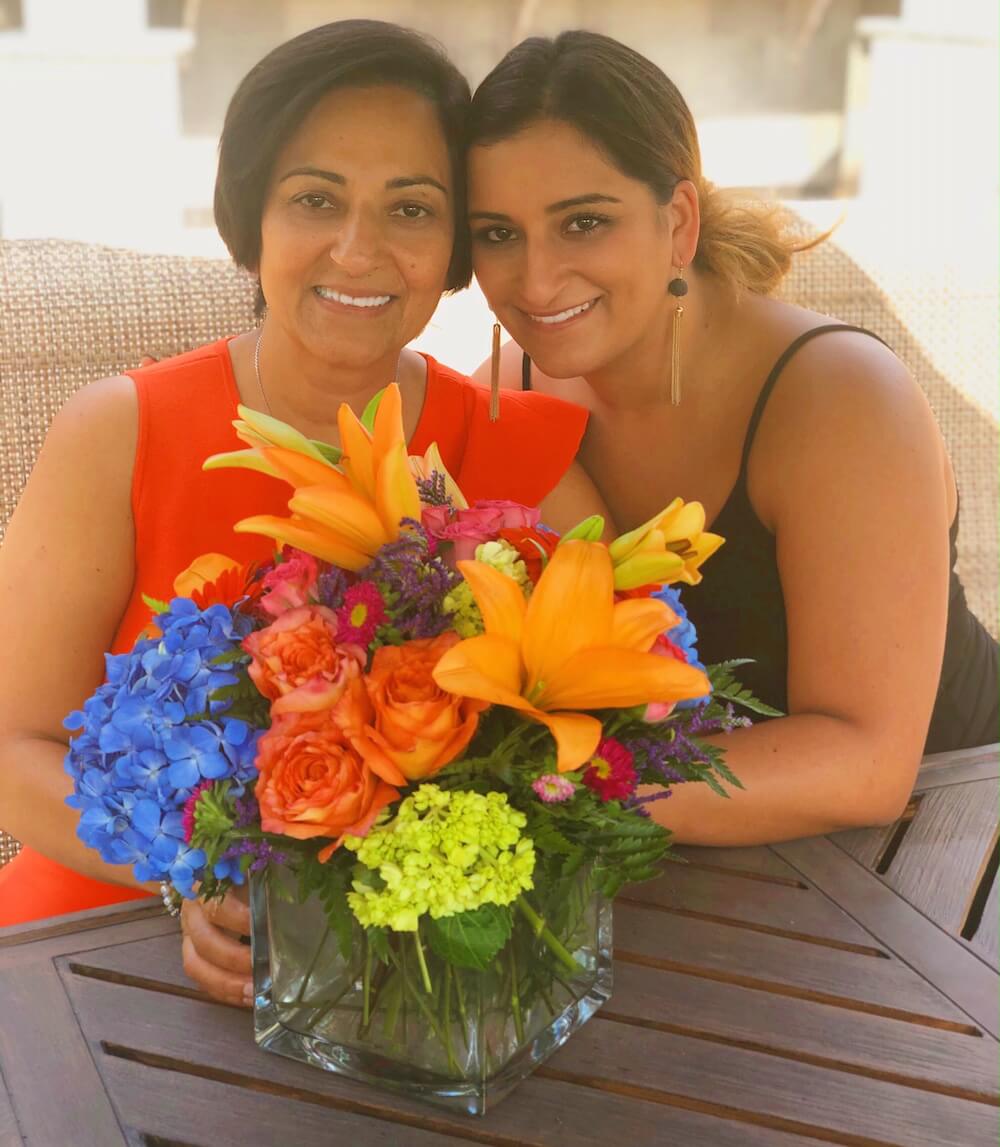There was a time when Georgette Hannoush couldn’t imagine a bright future. In a four-year span, the mother of four—including triplets—was diagnosed with two different types of cancer. But because of her team at Dana-Farber Cancer Institute, Hannoush has been in remission for more than three years—and she credits her faith and the people she loves for seeing her through.
“I could not have done this without my family, my faith, and my close friends,” says Hannoush, 52. “They were so strong for me. They helped me see the light at the end of the tunnel.”
In 2011, Hannoush was admitted to the hospital for pneumonia treatment. During a chest X-ray, doctors noticed a suspicious thyroid nodule, and a biopsy later confirmed that Hannoush had thyroid cancer. She would undergo radiation before having a total thyroidectomy to remove the tumor; the operation was a success, and left her cancer-free. Hannoush came away optimistic that she’d never have to battle “the big C-word” again.

But four years later, she was forced to confront her second cancer diagnosis. A new grandmother at that point, Hannoush had been feeling more tired than normal, so she visited her primary care doctor. Following a series of blood tests, she was diagnosed with a mixed phenotype leukemia—a type of cancer that has characteristics of both acute myeloid leukemia (AML) and acute lymphoblastic leukemia (ALL). This uncommon mutation occurs in roughly 1 percent of AML patients. Hannoush was also diagnosed with a chromosomal abnormality called Philadelphia chromosome, an irregularity often found in patients with this type of cancer.
It was a shocking diagnosis for Hannoush, who was told that she had less than a 40 percent chance of survival.
“The fact that I had leukemia devastated the whole family. It was something I just didn’t think I was going to be able to make it through,” recalls Hannoush.
At this point, her priest came to bless her and offer her three pendants she still wears today: a cross, a pendant honoring St. Charbel, and another for St. Anthony. While internally, she was unsure if she would ever recover, she says the small gift helped contribute to the motivation she needed.
Initially, she was not stable enough to make the trip into Boston, so she started radiation and chemotherapy at her local hospital. When her condition improved, Hannoush was transferred to the Center for Hematologic Oncology at Dana-Farber and placed under the care of Joseph Antin, MD, chief emeritus of Stem Cell Transplantation.
Antin recommended a bone marrow transplant for Hannoush, since patients with phenotype leukemia often have a poor outcome after conventional therapy. They couldn’t find a perfect match, so, in 2015 Hannoush received a haploidentical transplant from her sister, Linda Zehlaoui. Traditionally in the field of bone marrow transplants, it is necessary for donors and recipients to have closely matched tissue types—but instead of a near-total human leukocyte antigens (HLA) match, donors for a haploidentical transplant need be only a 50 percent match to the recipient.
The operation was a success, and today, Hannoush remains in remission. She’s now returned to spending quality time with her family and making happy memories with her grandchildren—and she hopes her story can help provide a light for someone else’s darkest hour.

